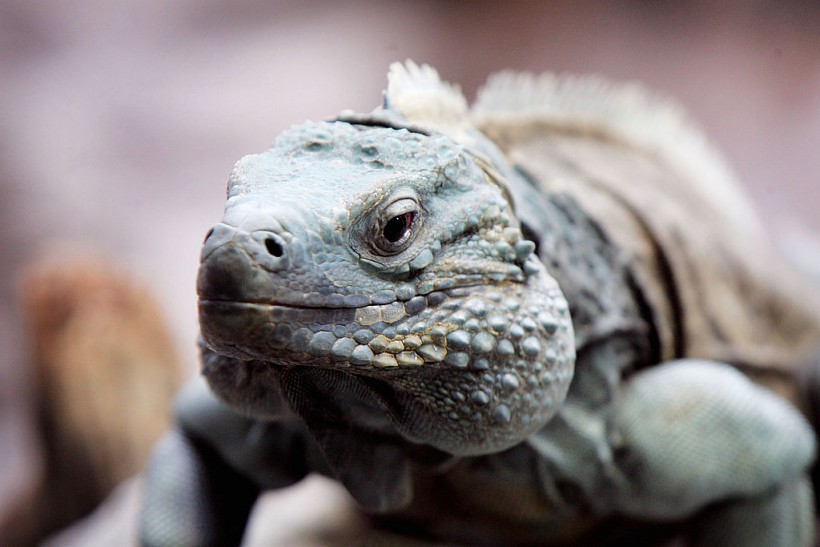A new theoretical study, published in the journal Communications Biology, offers a possible explanation for the mystery behind changes in animals' sizes. Using advanced computer models that simulate evolution, the researchers propose that animal size over time depends on two key ecological factors: the intensity of direct competition for resources between species, and the risk of extinction from environmental changes.
Competition and Extinction: The Two Forces that Shape Animal Size

The study, conducted by a team of scientists from the University of Reading, is based on the idea that animal size is not fixed, but can change over generations as a result of natural selection.
The researchers argue that natural selection can favor either larger or smaller body sizes, depending on the ecological context. In particular, they identify two main factors that influence the direction of selection: competition and extinction.
Competition refers to the struggle for limited resources, such as food, water, space, or mates, among individuals of the same or different species. When competition is intense, natural selection can favor smaller body sizes, because smaller animals tend to have lower metabolic rates, meaning they need less energy and resources to survive.
Smaller animals can also exploit more diverse and inaccessible habitats, such as burrows, crevices, or vegetation, where they can avoid larger competitors or predators.
Extinction, on the other hand, refers to the risk of dying out due to environmental changes, such as climate change, habitat loss, or human activities. When extinction risk is high, natural selection can favor larger body sizes, because larger animals tend to have higher reproductive rates, meaning they can produce more offspring and recover faster from population declines. Larger animals can also cope better with environmental fluctuations, such as temperature changes, droughts, or floods, because they have greater thermal inertia, meaning they can maintain a stable body temperature.
The researchers suggest that these two factors, competition and extinction, interact to determine the optimal body size for a given species in a given environment. Depending on the balance between them, natural selection can favor either size reduction or size increase over time.
Also Read: Are Animals Shrinking for their Survival?
Testing the Theory: Computer Simulations and Fossil Records
To test their theory, the researchers used computer models that simulate the evolution of animal populations over thousands of generations.
The models incorporate various parameters, such as the initial body size, the mutation rate, the carrying capacity, the competition intensity, and the extinction risk, and track how they affect the average body size over time.
The researchers ran multiple simulations with different combinations of parameters, and compared the results with the fossil records of real animals that have shrunk or grown over time.
They found that their models were able to reproduce the observed patterns of size change in various groups of animals, such as mammals, reptiles, amphibians, and fish.
For example, the models predicted that Alaskan horses, which lived during the Pleistocene epoch, about 2.6 million to 11,700 years ago, shrank over time because they faced intense competition from other herbivores, such as bison, mammoths, and caribou, and had low extinction risk due to their wide geographic range and high genetic diversity.
Similarly, the models predicted that cryptodiran turtles, which lived during the Cretaceous period, about 145 to 66 million years ago, shrank over time because they faced intense competition from other aquatic reptiles, such as crocodiles, plesiosaurs, and mosasaurs, and had low extinction risk due to their ability to survive in both freshwater and marine environments.
On the other hand, the models predicted that island lizards, which live in various islands around the world today, shrank over time because they faced low competition from other species, due to their isolation and niche specialization, and had high extinction risk due to their small population size and vulnerability to invasive predators, such as rats, cats, and snakes.
The researchers also tested their theory on other cases of size change, such as the dwarf elephants that evolved on islands, the giant sloths that roamed the Americas, and the modern-day pygmy hippos that live in West Africa.
In each case, they found that their models were consistent with the fossil or genetic evidence, and could explain the evolutionary dynamics behind the size change.
Related article: Study: Horses, Other Mammals Are Shrinking as Climate Heats Up
© 2024 NatureWorldNews.com All rights reserved. Do not reproduce without permission.

![Tsunami Hazard Zones: New US Map Shows Places at Risk of Flooding and Tsunamis Amid Rising Sea Levels [NOAA]](https://1471793142.rsc.cdn77.org/data/thumbs/full/70325/280/157/50/40/tsunami-hazard-zones-new-us-map-shows-places-at-risk-of-flooding-and-tsunamis-amid-rising-sea-levels-noaa.jpg)



